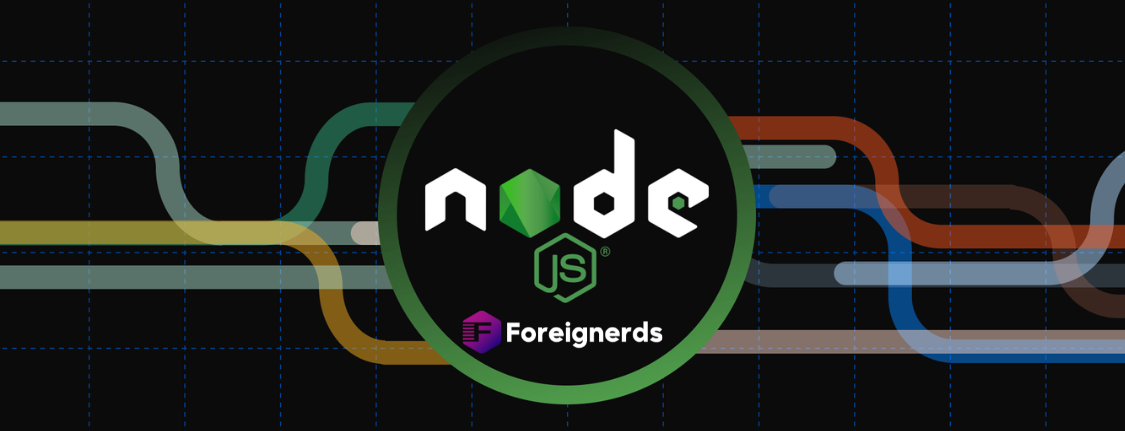- Home
- App Development Services
- Setting Up Your Local Environment for...

Setting up a local development environment for Node.js is a crucial step for any aspiring programmer. In this comprehensive guide, we will walk you through the process of getting your environment ready for Node.js development. From choosing the right text editor to installing the Node.js runtime, we’ve got you covered.
Before diving into Node.js development, you need a reliable text editor. The text editor serves as your canvas for writing code. Here, we’ll explore some popular options for different operating systems.
Text editors may vary in name and version depending on your operating system. For example, Windows users typically rely on Notepad, while both Windows and Linux/UNIX users can opt for vim or vi.
Your text editor will be the tool you use to create source files containing your Node.js program code. These files typically have the “.js” extension. Before you start coding, ensure you have a text editor of your choice installed and feel comfortable with basic programming tasks such as writing, saving, and executing code.
The heart of Node.js development lies in its runtime environment. Node.js allows you to run JavaScript code on the server side, opening up a world of possibilities. Let’s explore how to install the Node.js runtime on various operating systems.
To get started, you’ll need to download the Node.js binary distribution for your specific operating system. Visit the Node.js Downloads page to access the latest version. As of this tutorial, the following versions are available for different OS:
Once you’ve obtained the Node.js archive for your operating system, follow these steps to install it.
cd /tmp
wget http://nodejs.org/dist/v6.3.1/node-v6.3.1-linux-x64.tar.gz
tar xvfz node-v6.3.1-linux-x64.tar.gz
mkdir -p /usr/local/nodejs
mv node-v6.3.1-linux-x64/* /usr/local/nodejs
Congratulations! You now have a fully functional Node.js development environment set up on your local machine.
Setting up your local environment for Node.js development is a crucial step towards becoming a proficient Node.js programmer. With the right text editor and a properly installed Node.js runtime, you’re ready to start building powerful server-side applications and exploring the world of JavaScript on the server. Happy coding!
© 2013 - 2025 Foreignerds. All Rights Reserved